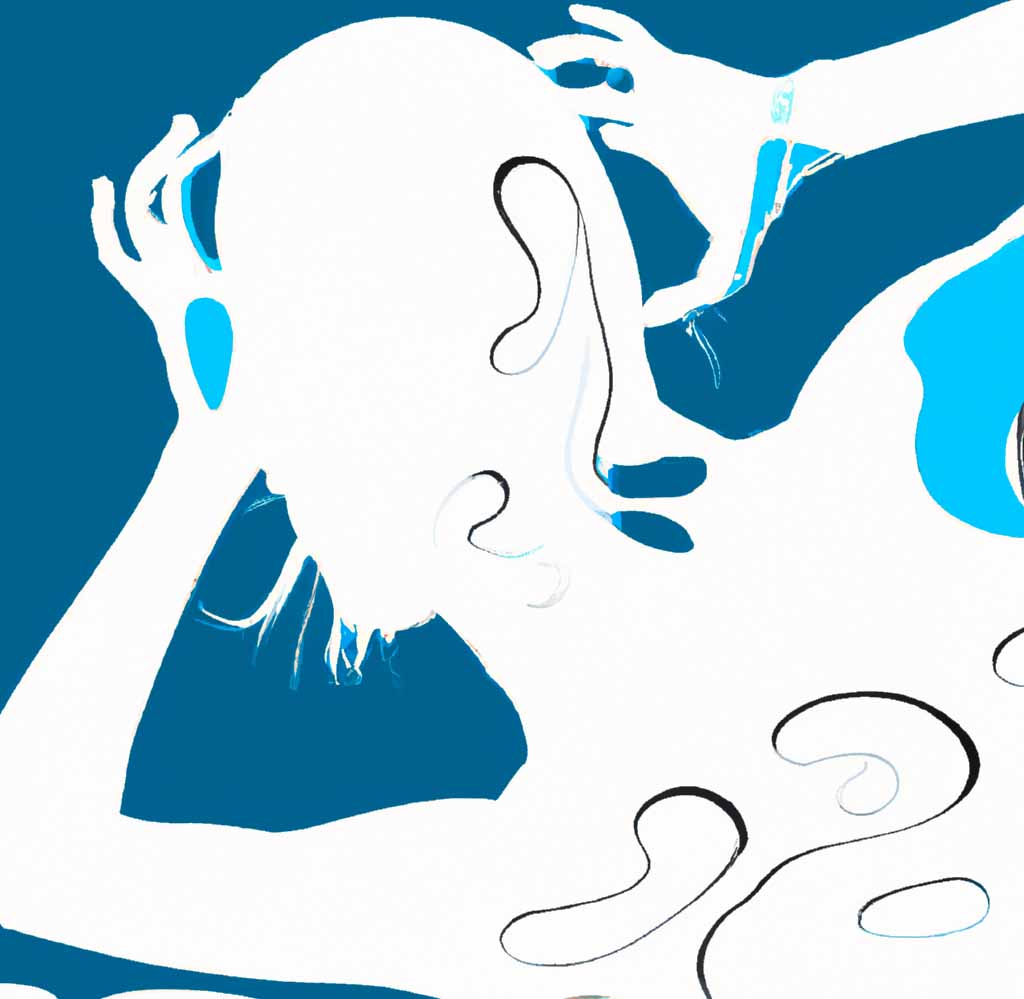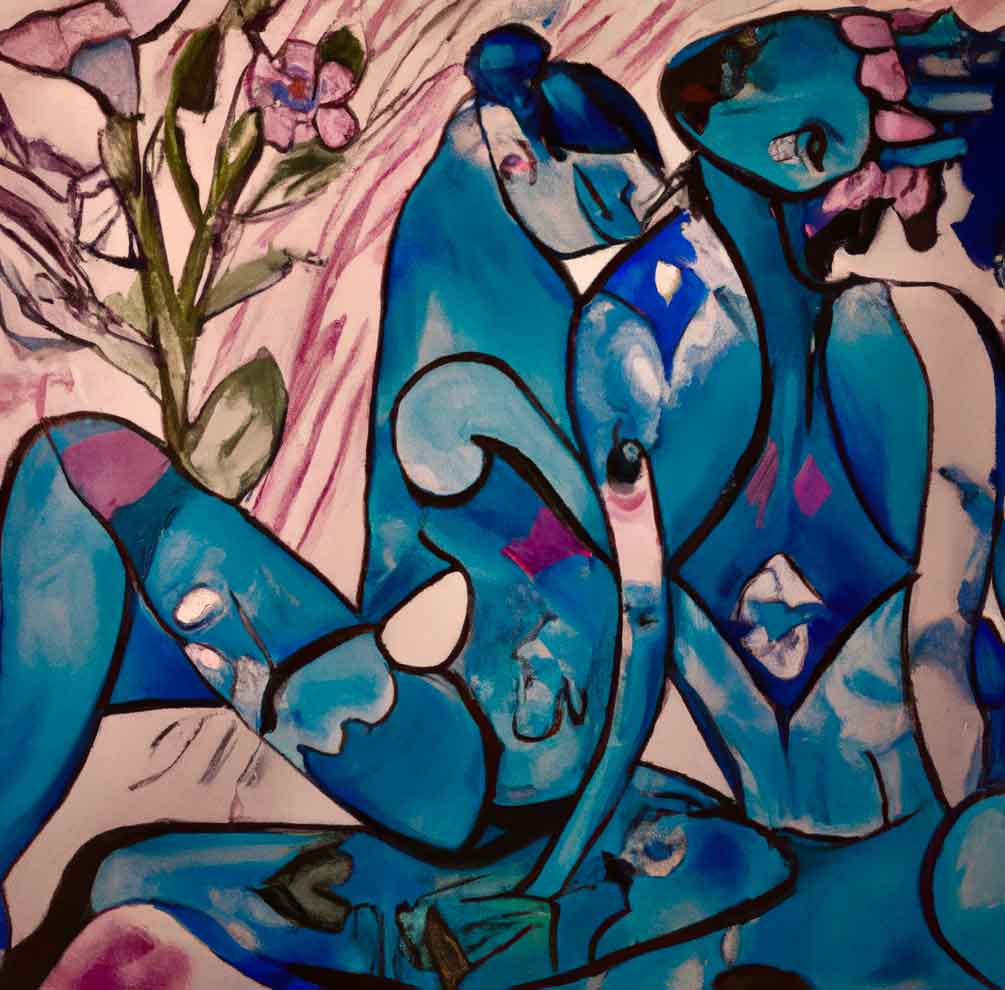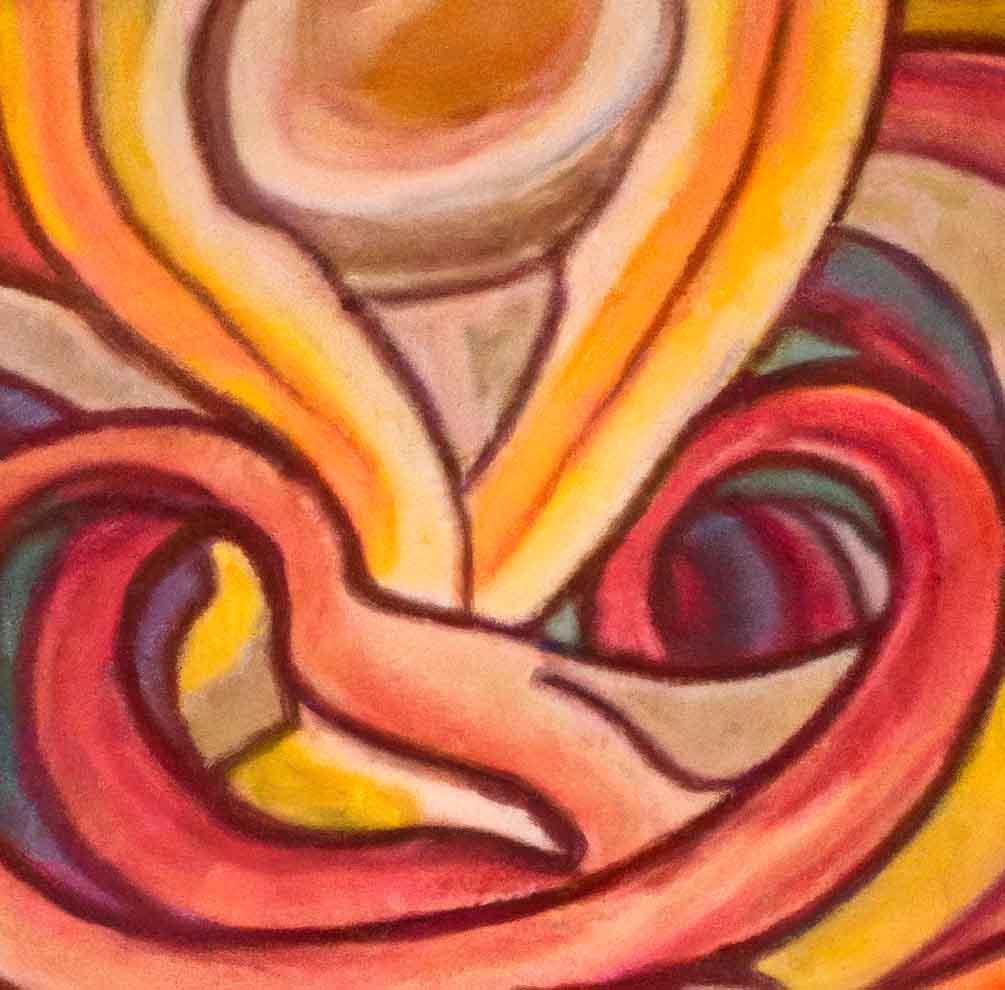Tantra Massage in Roma: R.’s experience
It was a day in February 2015 when, for the first time, I met Marco. My heart was racing, as a mix of excitement and fear pervaded every thought.
As I lay down on the couch, I tried to calm myself and Marco was reassuring, guiding me through every step, in the simplest things. When his hands began to touch my skin, an unknown yet familiar energy awakened within me. It was as if I was rediscovering parts of myself that I had forgotten.
I returned every week, seeking that sense of peace and connection. Each session was a journey, an immersion into a world of sensations. Sometimes it was like floating in an ocean of warmth, other times like dancing with the energy flowing through me.
As time passed, I began to notice some changes. Not only in my relationship with my body but also in my everyday life. I looked in the mirror and saw a woman who shone, who loved and respected herself.

During each session, I felt as if Marco, besides my body, knew my soul. That feeling of being seen, accepted, and loved for who I truly was, was something I had never experienced before.
Now, as I write in my diary, I feel a deep gratitude. Those months, those weekly sessions, transformed me in ways I could have never imagined. And every time I think back to that period, my heart fills with love and gratitude.
Yoni Massage: The Path to a Superior Ecstatic Experience
The Yoni massage – or vulva massage – is an ancient tantric practice that celebrates the sacredness of the female body and promotes the connection between body, mind, and spirit.
Unlike many colleagues who, during the tantric massage, focus almost exclusively on genital stimulation, for me this practice should involve a touch that caresses the entire body for most of the time and, only when the receiver’s state of consciousness has been properly prepared, the focus can shift to the intimate area.
If the massage did not involve full physical involvement and an initial relaxation phase, it would be difficult to transmute earthly energies into something more. The experience would be enjoyable, but it would be nothing more than masturbation.

It is necessary to remember that the ultimate purpose of tantra is not to bring the woman to orgasm or to stimulate physical pleasure, but to create the conditions for the energy of the first chakras to be channeled upwards, creating a transformative experience.
The basic massage and breathing techniques help the recipient to deeply relax, releasing physical tensions, before the sensual climax begins. In this first phase, it is important to dampen any expectation of genital contact and cultivate an atmosphere of trust and closeness, facilitating the energetic connection between the recipient and the masseur.
Preparing the body in this way will allow for an intense feeling of pleasure and emotional release during the next phase and, even more so, to cultivate a journey that will develop through multiple sessions.
Only when the practitioner has stabilized their own energetic quality, transferred by resonance to the massage recipient, will intimate contact have reason to begin. (Unfortunately, I know from experience that most tantra masseurs have no awareness of their own state of consciousness and the impact this has on the people they massage).
During the second phase, that of the intimate massage, I encourage the person to freely communicate their sensations, desires, and limits. This open dialogue allows for a personalized and authentic experience, respecting individual needs and preferences. In the best case, communication is transmitted strongly and clearly through the body’s natural reactions (muscle contractions, breathing rhythm, energy channel flow), and words become entirely superfluous. In other situations, the dialogue serves the person themselves in becoming aware of what is important to them and what they truly want.
When the tantric massage is skillfully performed and a reasonable harmony has been achieved between the participants, the experience goes far beyond physical pleasure, allowing the woman to connect with her vital energy and experience a sense of unity with herself and the universe. This deep energetic connection can lead to greater self-awareness, the expansion of one’s sexuality, and the healing of traumas and emotional blocks…as well as an extraordinarily intense orgasm, which some describe as a full-body orgasm.
Tantra Massage Review: N.'s experience in Rome
I came to Rome as a burned-out Psychotherapist and social entrepreneur diagnosed with a Long Covid.
I had achieved the ‘success’ I’d worked so hard for but at a price.
After pushing through exhaustion for years, my body had rebelled. I needed to recover my sense of soul, creativity and natural bodily rhythm.
I needed touch, movement, nature, a slow pace and sensuality.

In London, I had had deep tissue massage which helped a lot, though it increasingly puzzled me that talking therapy, massage, eroticism and spirituality are in separate therapeutic boxes. I believe they belong together. This train of thought led me to Tantric massage while i was in Madeira, starting an extended recovery break.
The people in Madeira were extraordinary, but I was to spend most of my break in Rome and when I looked up Tantric massage there, all I found were kinky sex parlours.
The word ‘Tantric’ is used to describe many things; if you want authentic Tantra massage you need to research carefully. My own research let me to Marco. His site spoke in a different register to everything else I’d seen in Rome; he writes intelligently and beautifully about his approach in this type of work.
I did feel (very) anxious before my first massage, but when Marco opened the door I immediately felt at ease. He spoke less than other practitioners I had seen but had an open, radiant face and respectful manner. I trusted him.
The aesthetics in the studio added to this: soothing lighting; a shrine, evocative eastern music. This was important. I believe that aesthetics – the way things appeal to the senses – are not superficial but core to a whole experience
Unlike other Tantric practitioners I had seen, Marco remained fully clothed.
I had two massages on two sequential days. They were completely different, but both were amazing. For me, Marco’s touch has a unique electric quality – it was like two live wires meeting went his hands met my body.
The first massage was deeply erotic. Marco writes that each woman has her own erotic universe inside and he seeks to discover and respond to it. He succeeded; I left the studio laughing and elated.
In the second experience, I breathed deeply all the way through as Marco advised. This time the experience was more therapeutic and cathartic. Tantric practitioners believe that pressure points inside the body are connected to chakras and can release trauma or emotional blocks. This was the case for me. Marco’s touch evoked aspects of my life story, including experiences i don’t clearly remember. It was as if he played back to my body imprints stored there from the touch of others. I had a series of cathartic releases: crying, laughing and shaking. At the end I felt cleansed – although the next day quite drained. I recovered well in the next 24 hours with plenty of sleep and I would advise anyone to give themselves time to rest after this type of massage.
My Tantric massages have been essential steps in recovering my lost sense of soul, in tuning back into my own bodily rhythms, and rediscovering sensuality and pleasure in life. I have felt freer in my body, sexier. And from the responses I’ve been getting – it seems this is apparent to others too.
N.
Tantra Yoga and Modern Yoga
The yogic-tantric tradition is a complex system of philosophy and spiritual practice originating in India, which has had an important influence on the culture and religion of that country. This tradition dates back thousands of years and has developed over the centuries to take the form we know today.
The yogic-tantric tradition includes many practices, including meditation, asana (body positions), pranayama (breath control), mantra (sacred sounds), visualization, and rituals. However, what sets the yogic-tantric tradition apart from other yogic traditions is its emphasis on the use of sexual energy as a means to achieve spiritual enlightenment.
In the yogic-tantric tradition, sexual energy is considered one of the most powerful forms of energy, and is used to awaken the kundalini energy, a dormant form of spiritual energy located at the base of the spine. When the kundalini energy is awakened, it is believed to lead to the realization of unity with the divine.
In the West, yoga is often seen as a form of physical exercise that helps improve body health and flexibility, and as a way to reduce stress and increase self-awareness. However, this view of yoga is very different from the original yogic-tantric practice, which was primarily aimed at achieving spiritual liberation.

In the West, the view of yoga as a form of physical exercise has led to the birth of many modern forms of yoga, such as vinyasa yoga, bikram yoga, and ashtanga yoga. However, these forms of yoga mainly focus on body positions and breathing, and do not necessarily include the spiritual and ritual practices of the yogic-tantric tradition.
In any case, whether choosing to practice the yogic-tantric tradition or a modern form of yoga, it is important to remember that yoga is a personal practice that requires time, dedication, and patience to achieve desired results. It is also always advisable to find an experienced and qualified teacher who can guide the practitioner along the spiritual path.
The Philosophy of Tantra, Beyond Massage
The philosophy of Tantra is one of the oldest and most complex currents of Eastern thought, which has aroused a lot of curiosity and interest in the Western world. Often associated with tantric massage, Tantra is actually much more than a physical and sensory practice.
Tantra is based on a holistic view of the human being, in which the body, mind, and spirit are interconnected and interdependent. Its philosophy focuses on the idea that divinity is present in every human being and that, through the practice of Tantra, it is possible to achieve enlightenment and the realization of one’s divine potential.

In this sense, Tantra is a path of liberation, which teaches how to free oneself from the limits of the mind and body and discover the true nature of being. According to this philosophy, the human being is not just a physical body, but also a combination of energy and awareness that goes beyond the material dimension.
In the practice of Tantra, the body is seen as a vehicle for the transformation and evolution of the being. Through meditation, breathing, and physical practices, one works to release tensions, repressed emotions, and energetic blocks, to access greater vitality and awareness.
Tantric massage, often associated with Tantra, is only a small part of this philosophy. Tantric massage is a practice that uses physical contact to stimulate erogenous zones of the body and increase sexual energy. But, in the context of Tantra, massage is only a tool to reach a higher state of consciousness and should not be confused with a sexual practice.
Tantra is a practice that requires time, dedication, and awareness. It is not an easy path, but it can be very rewarding for those who are seeking greater self-awareness and awareness of the world around them.
In conclusion, the philosophy of Tantra is much more than a physical or sexual practice. It is a path of liberation that teaches how to discover one’s true nature and connect with the divinity that is present in every human being. Tantra requires time, dedication, and awareness, but it can lead to greater vitality and self-awareness of oneself and the world around us.